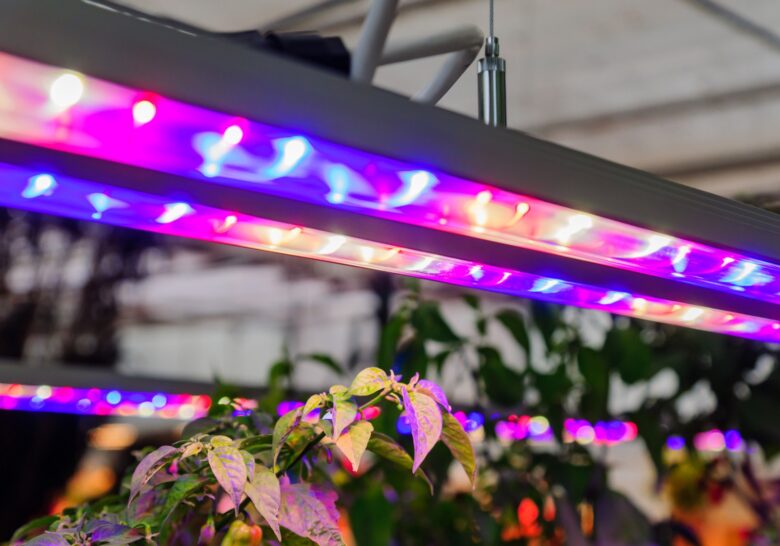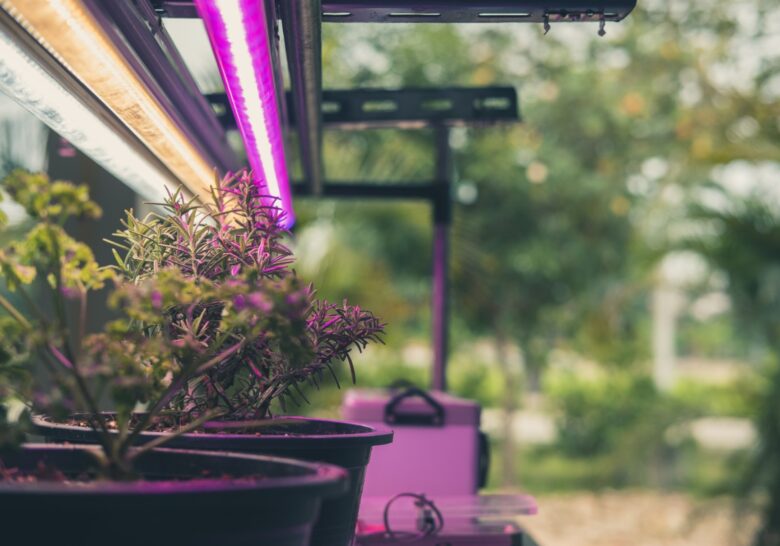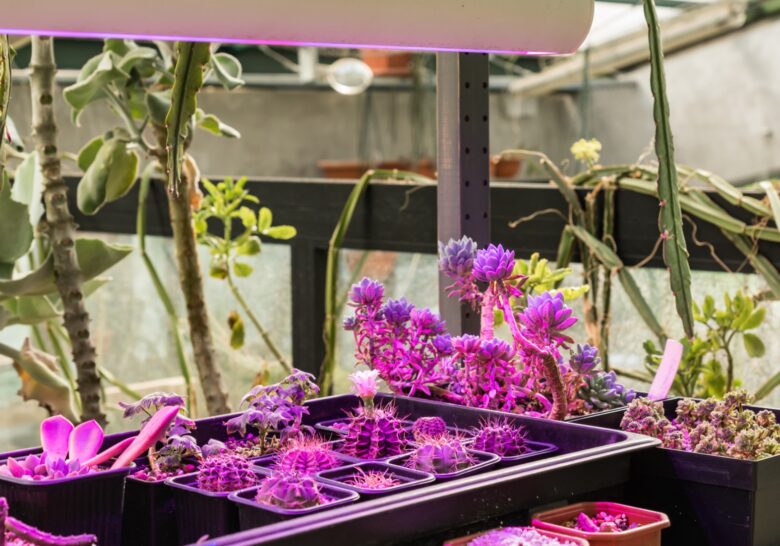With so many grow light options on the market right now you may be thinking about how difficult it is to choose the perfect light – too many features, too many shapes, too many options. Yet, there are grow lights that are more capable and outright better than others on the market, it is just a matter of delving into the details to compare what is best. There are certain features that make some lights better than others, and most definitely more useful than others. We’ll take a look at what a grow light is and what kinds of features are really useful in the modern era of indoor cultivation and what you might want to invest in, if you too are looking to start or improve your grow space.

Source: unsplash.com
What Is a Grow Light?
A grow light is a type of artificial light that is designed to provide plants with all the necessary lighting to go through photosynthesis. Artificial lighting sounds strange, but indeed it is extremely useful and is used all over the world to grow the food we enjoy year-round. These lights do not have a negative impact on plants – quite the contrary! These lights produce the exact spectrum that lights need to grow efficiently.
Grow lights typically emit light in the spectrum that is most beneficial to plant growth, specifically blue light for vegetative growth like leaves and stems and red light for flowers and fruiting bodies later in life. Of course, we don’t just give plants a single color of light, but rather a mixture of colors that is purposefully designed to produce the ideal balance for photosynthesis throughout various stages of growth.
There are many types of lights that are available on the market today, mainly we have three categories:
- High Intensity Discharge: HID lights include high pressure sodium, metal halide, and ceramic metal halide bulbs. These types of lights use compressed gas that is heated by an electric current. Once heated, these chemicals emit a glow color dependent upon the chemical in the bulb. These types of lights have been on the market for over one hundred years and HPS bulbs have been a favorite type of light for growers for years.
- Light Emitting Diodes: LED grow lights are the new technology on the market and are quickly overtaking HID systems as the most popular type of lighting. They are more efficient, they are cheaper in the long term, they produce a more controlled amount of heat, and they can be automated through smart controls and integration into the Internet of Things.
- Fluorescent Lights: These are classic lights that use fluorescent tubes to produce a cool white-blue light. They are great for low-light plants and seedlings but stop being useful once plants reach maturity.
LED lights are our main focus here because they have the unique capability to be entirely automated and controlled remotely with an app on your phone. Let’s take a look at one particular system.

Source: canva.com
What Are the Benefits of Using a Smart Grow Light to Grow Plants?
A smart grow light is a type of light that can be integrated into the “Internet of Things.” The IoT refers to being able to synch an electronic product to other products so you can have greater control, usually through your smartphone. This is the case for the VIVOSUN AeroLight SE2000, a 200W smart LED that connects to your smartphone, a good example of a smart light.
A smart light is a technology that is designed to optimize plant growth and yields in indoor or controlled environments. It is an advanced system that uses various sensors, software, and hardware to create a controlled environment that is tailored to the needs of specific plants. It is designed to provide the optimal spectrum and intensity of light for photosynthesis, as well as other environmental sensors that measure temperature, humidity, and nutrient levels. These sensors feed data into a control unit, which uses algorithms to adjust the growing conditions in real-time.
There are many benefits to using a smart LED lighting system especially over HID systems or other types of LED systems.
- Smart systems can synch with your other smart equipment (ventilation fans, circulation fans, watering systems, etc.) so they work together for a better environment
- These systems monitor the changes in the environment so you can track the way your environment affects the growth of your plants
- Smart systems can make automatic adjustments to on/off periods, light intensity, airflow, and other climate controls to ensure your plants stay healthy throughout their lives
- These types of lights can be controlled through your smartphone, so you can monitor, make changes, record history, and automate operation from anywhere in the world
- You can use or create preset operations to make growing even easier

Source: canva.com
Conclusions
A smart grow system is a good investment for a grower because it offers several advantages over traditional methods of growing plants. Firstly, it provides an optimal environment for plants to grow, including the right amount and type of light, temperature, humidity, and nutrients. Secondly, it is energy-efficient and can save growers money on electricity bills. Thirdly, it is easy to use and can be controlled remotely using a smartphone app, allowing growers to monitor and adjust their plants from anywhere. Fourthly, it improves plant health and reduces the risk of disease, resulting in higher yields and healthier plants. Finally, a smart grow system has a longer lifespan compared to traditional grow lights, meaning less frequent replacement and less waste. Overall, a smart grow system is a worthwhile investment for growers who want to achieve optimal plant growth and yields with minimal effort.
